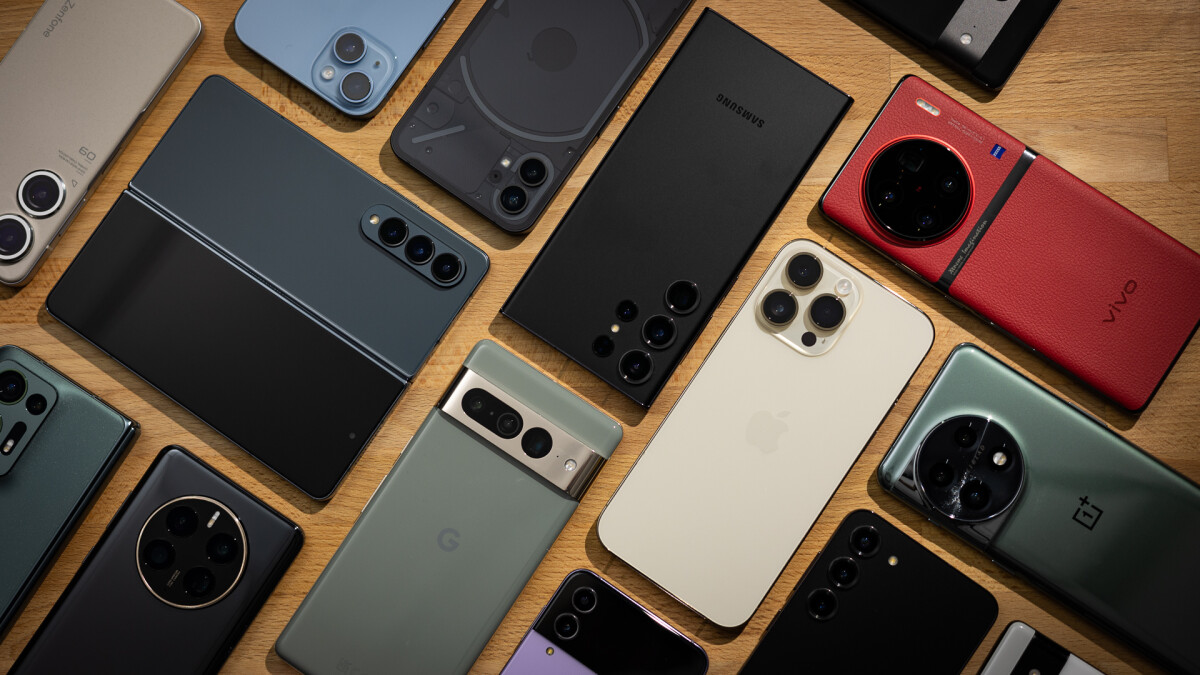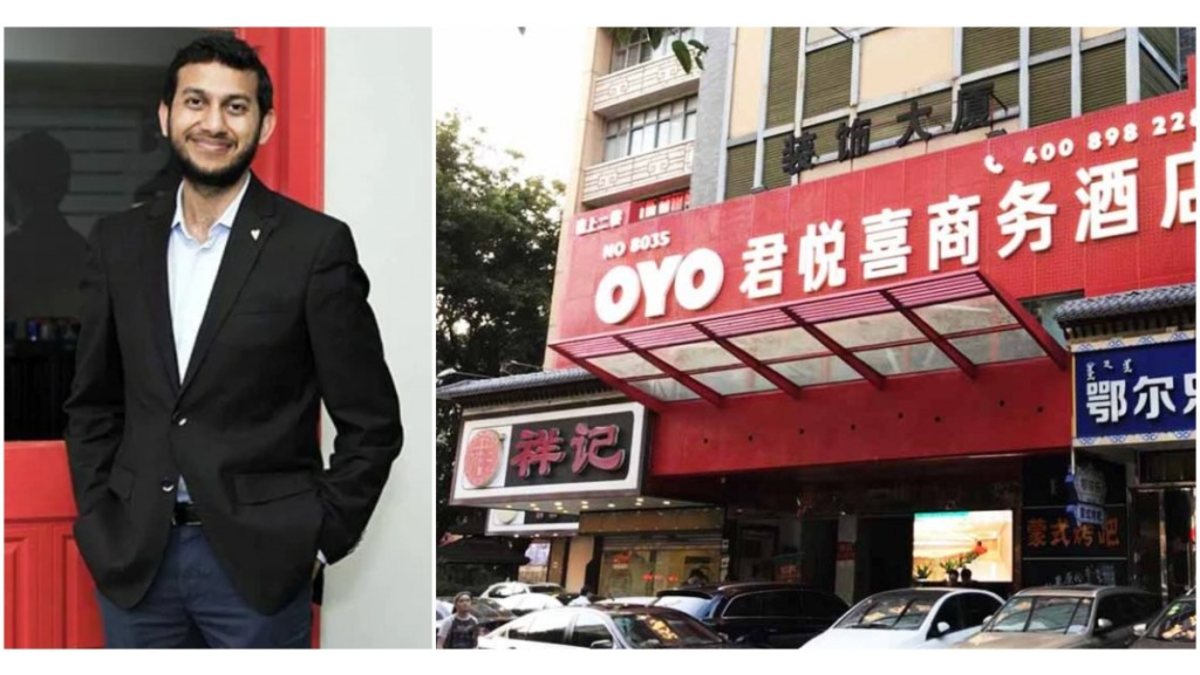Smartphone shipments increased 18% sequentially as inventory levels improved due to a moderately favourable business environment
Bengaluru, NFAPost: The Indian smartphone market stabilised at 36.1 million units in the quarter ended June 2023, posting a modest decline of one per cent year-on-year (YoY), Canalys said in a report.
According to the research firm, this indicates signs of recovery following three consecutive quarters of shipment declines.
Smartphone shipments increased 18 per cent sequentially as inventory levels improved due to a moderately favourable business environment, the report said.
During the second quarter, smartphone manufacturers worked with sales channels to clear existing inventory backlogs, making room for new models before the festive season begins next quarter.
“Consumer inclination toward offline shopping in the mass-market and premium segments continue to drive vendors to implement effective offline strategies,” said Sanyam Chaurasia, analyst at Canalys.
The market tracker cited examples of Apple, which opened two flagship retail stores in India in April, while Samsung opened more flagship stores across the country and OnePlus took a creative approach with its pop-up stores, reaching multiple tier-1 and tier-2 cities.
Canalys said that the consumer demand in the offline retail space, both in urban and rural areas, has increased due to strong retail consumer preference, whereas demand in online channels has been inconsistent and primarily driven by urban consumers during e-commerce sales periods.
As a result, brands are attempting to achieve a better balance of offline and online channels. Transsion sub-brands like Infinix, for example, achieved high volumes through e-commerce channels, whereas Tecno and Itel focused on offline channels in lower-tier cities.
OnePlus achieved high growth after establishing a strong foothold in offline channels in smaller cities, while Xiaomi and Realme regained momentum in Q2CY23.
“Brands are cementing their position in the market by collaborating further with the Indian channel ecosystem by investing in local suppliers, nurturing retailers, and aligning with the government’s vision,” Chaurasia added.
Samsung remained the market leader in Q2, shipping 6.6 million units and capturing an 18 per cent market share, with Vivo trailing closely in second place, shipping 6.4 million units and capturing an 18 per cent market share.
Xiaomi got the third place with 5.4 million units shipped, a 22 per cent YoY decline, much less than the 38 per cent decline Canalys observed in Q1CY23.
Realme and Oppo (excluding OnePlus) rounded out the top five brands, shipping 4.3 million and 3.7 million units, respectively.
Chaurasia said that the market has finally regained momentum heading into the second half of 2023, after a difficult few quarters.
“During Q2, there was a slight improvement in macro indicators, with increased manufacturing output and reduced inflation rates. However, uncertainties related to the monsoon season will continue to pose risks to consumer demand,” he added.
Canalys anticipates a more favourable demand environment in the second half of 2023 due to increased consumer spending. With India hosting the Cricket World Cup in October, operators are expected to focus on 5G services as well, with smartphone manufacturers capitalising on the trend to push their affordable 5G portfolio during the event.





